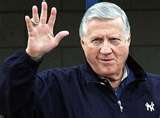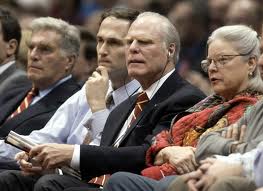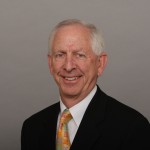George Steinbrenner (Owner – New York Yankees) . . . in the bowels of Yankee Stadium, having secured buy-in from key executives of the club to purchase our EDGE 1.000 performance tracking and data base management system, two colleagues (Tom Black, Don Leopold) and I presented the system to Steinbrenner for final approval.
two colleagues (Tom Black, Don Leopold) and I presented the system to Steinbrenner for final approval.
He interrupted my opening comments, pulled out an envelope with ten handwritten questions on it regarding our system, saying the Yankees would buy it if I answered “yes” to all ten. I answered “yes” to the first nine, and “no, but . . .” to the last. He smiled at me, turned to his VP Finance, said “buy it”, then abruptly stood up and left the room, others following in his wake.
Side-stepping its telecast and radio broadcast benefits, the Yankees focused on our system’s performance management elements and tools – game tactics planning, player performance evaluation, amateur/professional scouting data base management, draft/free agent selection and trade planning.

